Darryl Lester was at his mom’s place in Tacoma, Washington, when a letter he’d been waiting for arrived in the mail. At 40, he was destitute, in pain and out of work.
A Landmark Lawsuit Aimed to Fix Special Ed for California's Black Students. It Didn’t.
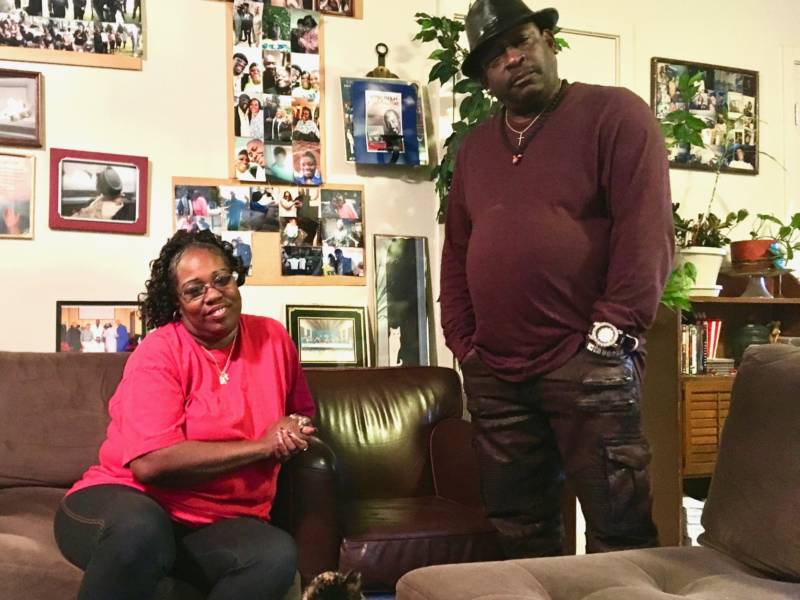
The letter delivered good news: Lester would be getting disability benefits after blowing out his back in a sheet metal accident. But he crumpled it up and threw it in the trash.
Why? Because he couldn’t read it. From first through seventh grades, Lester had attended three public schools in San Francisco. At each, he struggled with reading and didn’t get the help he needed for it.
What he didn’t know until last year: His reading difficulties had made him the lead plaintiff — under the pseudonym Larry P. — in a landmark lawsuit that changed special education for black students across California. October marks the 40th anniversary of the judge’s ruling, which was supposed to help fix a system he had deemed discriminatory. But many educators, black parents and advocates for black students say plenty remains broken.
‘Educable Mentally Retarded’
Before the Larry P. case, California education code required school districts to use IQ scores when assessing students for special education.
Based on the test results, black students statewide — young Darryl included — wound up categorized as “educable mentally retarded” at disproportionate rates: 27% labeled that way in 1968 were black — even though black students made up less than 9% of the student body.
That same year, a group of black psychologists broke off from the American Psychological Association in protest over black community concerns that they believed the larger organization was too slow to address. Their top priority was to stop districts from using IQ tests, which they thought were culturally biased, to decide who belonged in special education, said one of the breakaway group’s founders, Harold Dent.
When the Bay Area chapter of the Association of Black Psychologists learned of complaints from black parents in San Francisco, they teamed up with civil rights lawyers and sued in 1971.
As a group, African Americans across the country scored lower on IQ tests. The lawsuit alleged that was because the tests were biased toward Eurocentric culture. Questions like, ”Who wrote Romeo and Juliet,” they argued, didn’t assess a student’s innate capacity to learn. It tested knowledge that some – and not others — had acquired at home or school.
U.S. District Judge Robert Peckham agreed, calling the tests “racially and culturally biased” and “discriminatory.” He ordered a permanent ban on IQ testing of black students across California for purposes of special education placement. Today, California is the only state that has such a ban.
The students who landed in classes for the “educable mentally retarded,” Peckham wrote, were doomed to fall “farther and farther behind,” because — instead of academics — the classes emphasized “personal hygiene and grooming” and “basic home and community living skills.”
Darryl Lester remembers those classes: lots of recess time and plenty of field trips.
“I walked to school and cried all the way,” he said. “I just didn’t like it, you know, because they wasn’t teaching us nothing.”
The District Labeled Her Son Mentally Retarded — and Didn’t Tell Her
Lester and his mom and older brothers moved from Marietta, Georgia, to San Francisco in 1965, he said, because “she didn’t want to find us dead one day hanging by a tree.”
Their first home was a Victorian in the Fillmore District. Lester said he learned his way around the “gorgeous” city by bus and bicycle. Life was pretty good, except in school. Although he was “very good at math,” Lester said, he had a hard time with reading.
Lester said he remembers a teacher telling him he was looking at words backwards as he sought to pronounce them. People with dyslexia see words the same way as everyone else — but have a neurobiological language processing disorder that’s often responsive to intervention.
Whether Lester has dyslexia is unclear. What is clear is that instead of getting help with his reading, he got teased, into fights and suspended.
“I would get frustrated, agitated, upset, and then I’d get sent to the principal’s office,” he said.
Lester’s mom, Lucille Lester, didn’t learn that the school district had labeled her son “mentally retarded” until one of the black psychologists visited their home to evaluate Darryl and go through some tests.
“After he talked to Darryl, he turns to me and says, ‘Well, there is nothing wrong with this child,’ ” she testified in court in 1977.
That, she said, is when he told her what kind of classes Darryl had been attending.
“Naturally I didn’t feel good about it, and I got angry about it,” she told the court. “This is when I really found out what was really going on.”
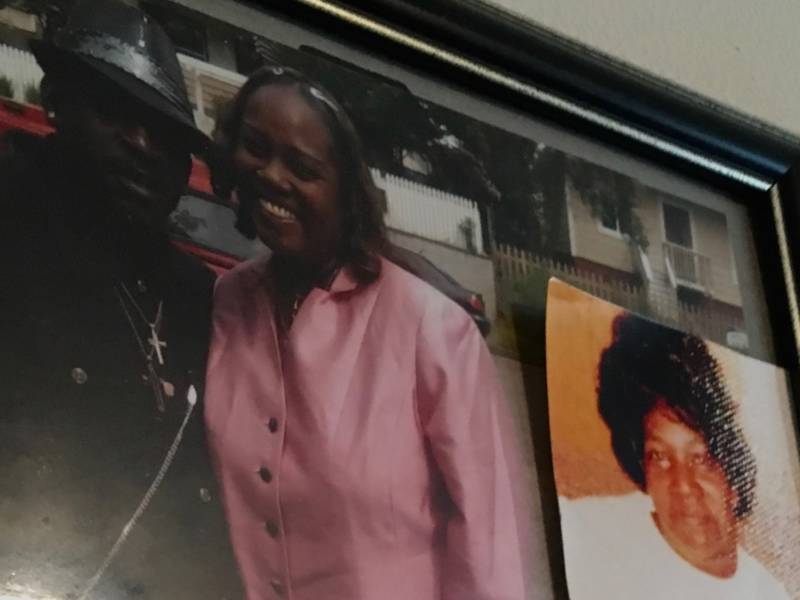
Not long after, Lucille Lester packed up the family and headed to Tacoma, where an older son was serving on a nearby military base. There, Darryl continued to struggle, because as Judge Peckham had predicted, he had fallen behind.
His new high school placed him in a half-day special education program. The other half, he spent at Safeway. Every morning, Lester said, he reported at 7:30 a.m. to the grocery store, where he worked for high school credits — but no pay — until 11 a.m. before attending a few classes in the back of the campus.
After his family protested, the school put him in with the other kids.
He tried hard, going to “summer school, night classes, hardly getting any sleep,” but fell two credits short of a high school diploma, Lester said.
To this day, Lester, now 60, can barely read.
Lester knew he was part of a lawsuit. His mom had joined it on his behalf in 1971 — the year it was filed and when the family moved to Tacoma.
But until a reporter tracked him down last year, he never knew his pseudonym was “Larry P.” And he knew nothing of the ruling’s lasting impact on California schools.
Of the 1977 trip to the courthouse, Lester, then 18, recalled: “I asked my momma, ‘Are we done?’ And she said, ‘Yes son, we done.’ ”
They never spoke of it again.
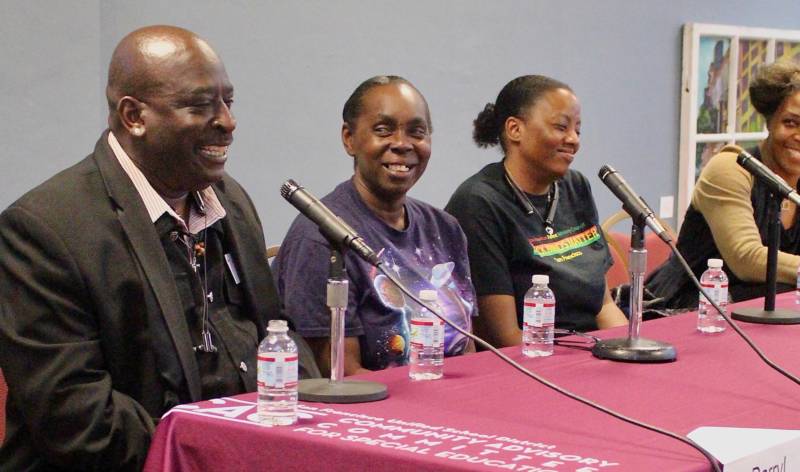
Special Education Today
The Larry P. judge made California school districts reassess all black students who’d been designated “educable mentally retarded” — without IQ tests — and the numbers dropped. He banned the use of the tests specifically for black students. In time, more subtle special education categories replaced the old ones.
By the time the judge ruled in 1979, a new federal law enacted in 1975 guaranteed students with disabilities equal access to public education. Today, each special education student gets an Individualized Education Program, or IEP, which spells out their struggles and the support they’ll get at school.
But data released in 2016 show that black students nationwide are still being placed disproportionately in special education — particularly in categories like “emotional disturbance,” which are tied to behavior. They’re underassessed in categories such as autism spectrum disorder. And some who need special education don’t get assessed for anything. That, parents and special education advocates say, is because some teachers expect so little of them.
Despite those risks, plenty of black parents want their kids in special education because it gives families a legal avenue to hold schools accountable. Last year, a group of black parents gathered at a San Francisco school to talk about their struggles getting their kids assessed and making sure they receive the support guaranteed under the law.
Many black families find themselves navigating the system because nearly one in three black students in San Francisco Unified School District (SFUSD) is in special education — compared to one in eight non-black students, district data shows.
That overrepresentation is highest in special education categories dealing with behavior. And educators, studies show, are more likely to perceive the behavior of black boys as aggressive or defiant. That’s why black boys routinely post the highest rates of suspensions and expulsions in the country.
Mauricha Robinson said it’s not just boys: Her daughter Zariah excelled in school until sixth grade — when the curriculum got more complex. She tanked in her studies for the next two years.
Instead of seeking to assess Zariah for special needs, Robinson said, the school was kicking her out of class, sending her home or to the principal’s office.
“It was just, ‘How do we curb the behavior, behavior, behavior,’ ” she said. “And it was all punitive.”
Like all districts in California, SFUSD is working to reduce the disproportionately high numbers of black students in special education. Robinson speculates maybe that’s why no one in Zariah’s school sought to have her assessed, “to avoid stigmatizing another black child with a special education label.” But she thinks stereotypes played in, too, “of her being a black girl. Aggressive, ‘adultifying’ her, or ‘she’s sassy’ or ‘she’s outspoken.’ ”
That’s also common: Research has shown that adults at school often treat black girls “as less innocent and more adult-like than white girls of the same age” and punish them more harshly as a result.
So Robinson got some advice: If she requested her daughter get assessed, she’d be inoculated against expulsion. And she did: The assessment showed Zariah has a learning disability — a cognitive processing disorder that affects short-term memory and comprehension.
For eighth grade, Robinson moved Zariah into a regular class in a new school with some special assistance. It’s called “full inclusion” and aims to keep special education students from being singled out. Zariah’s grades shot up.
Jean Robertson, chief of special education services for SFUSD, said the push for “full inclusion” is among many changes the district has been implementing since a 2010 audit found black students were more likely to be segregated from the mainstream student population in special classes.
The audit also found black students were significantly overrepresented in several special education categories, like “emotional disturbance”: They were 8.5 times more likely than non-black students to be designated “emotionally disturbed.” Today, that number is down to about four times more likely.
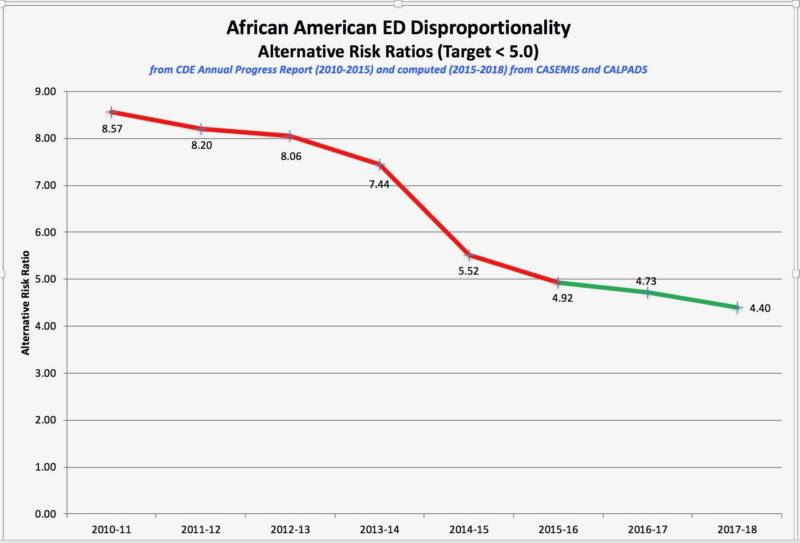
California Department of Education data received in response to a public records request show 28 of the state’s nearly 1,000 school districts faring worse for black students in that category. The relatively low number of 28 is not surprising since many districts serve a very small number of black students, or none at all. At the high end, the data showed that one Southern California district is 12 times more likely to categorize black students as “emotionally disturbed.”
Other changes SFUSD has made over the past decade include working to support students early on so they don’t land in special education, doing deeper assessments and better tailoring services to each special education student instead of putting them in cookie-cutter programs.
But deciding who belongs in special education and who requires other types of support remains a huge challenge.
“That’s the crux of my tension in this work,” Robertson said. “That is with me every single day, particularly for black children.”
Putting an IQ Label on Students Is Like ‘Walking Around With Dynamite’
The IQ testing ban at the heart of the Larry P. ruling has created tensions of its own. The California Association of School Psychologists wants it lifted, noting that the persistent overrepresentation of black students in special education shows the ban hasn’t served its purpose.
But many advocates for black students want the ban to remain in place, saying so many other biases still exist in the educational system.
John Affeldt, a managing attorney at Public Advocates, one of the civil rights firms that filed the Larry P. lawsuit, acknowledged IQ tests have improved since then — but not by enough.
Putting an intelligence label on a student is “like walking around with dynamite,” he said. “It’s not going to blow up for every kid.”
But when it does, the cost is simply too high.
That’s what happened to Darryl Lester. His lack of an education, inability to read and the shame he carried cost him. He struggled with addiction and low-wage jobs before hard physical labor left him disabled.
Lester said he has worked hard to rise above all that. He has been sober for 18 years now, happily married for 14. He and his wife, Cecilia Lester, now live in a redeveloped Tacoma housing project.
But Cecilia sometimes finds him alone, crying.
“It hurts on the inside, but you have to swallow your pride and look over it and just find some strength somewhere and say, ‘Hey, come on, you can do this. I’m better than this,’ and that gets me through the day,” he said.
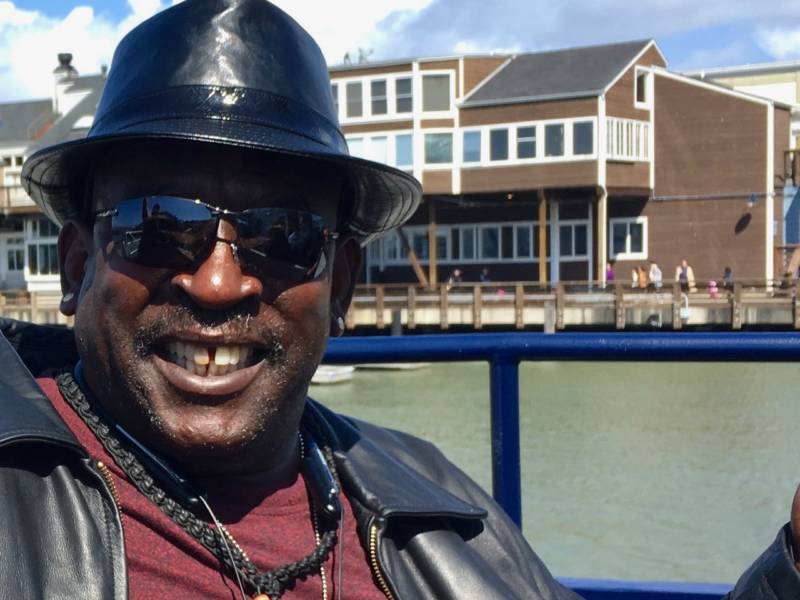
‘To Be Able to Pick Up a Book and Read it by Myself’
The Larry P. case remains the subject of academic articles, online tutorials and plenty of debate. But for decades, the identity of Larry P. — and what happened to him — remained a mystery.
That’s no longer true, and Darryl Lester said he wants some good to come of it.
Revisiting his schooling and the burden he carried into adulthood has been painful, he said. But it has driven him to share his experience in hopes that it might help today’s black students who aren’t getting the support they need.
Last spring, Lester returned to San Francisco for the first time since he testified. He was the guest of honor on a panel that included mothers of current black special education students.
“If a teacher’s not helping you, that is not good,” Lester told the gathering of educators, disability rights advocates and black parents, his voice cracking. “You’ve got other kids that will make fun of you. And if you’re a kid that can’t read something, it’s embarrassing.”
To the few students who attended the event, Lester said he had a special message: They should fight for an education and never feel ashamed.
Next week, he’ll tell his story again at the convention of the California Association of School Psychologists, the organization trying to lift that Larry P. ban.
Meanwhile, the grassroots group Decoding Dyslexia CA and the Northern California branch of the International Dyslexia Association are fundraising to create a “Larry P.” scholarship for African American students in Northern California who are struggling to read.
Decoding Dyslexia CA has also found a tutor in Tacoma to teach Lester to read. Lester knows it will be hard work, but he said: “My dream is to be able to pick up a book and read it by myself.”
An earlier version of this story aired on KALW’s news magazine, Crosscurrents. This story was reported with the support of the Fund for Journalism on Child Well-Being, a program of the University of Southern California Center for Health Journalism.
